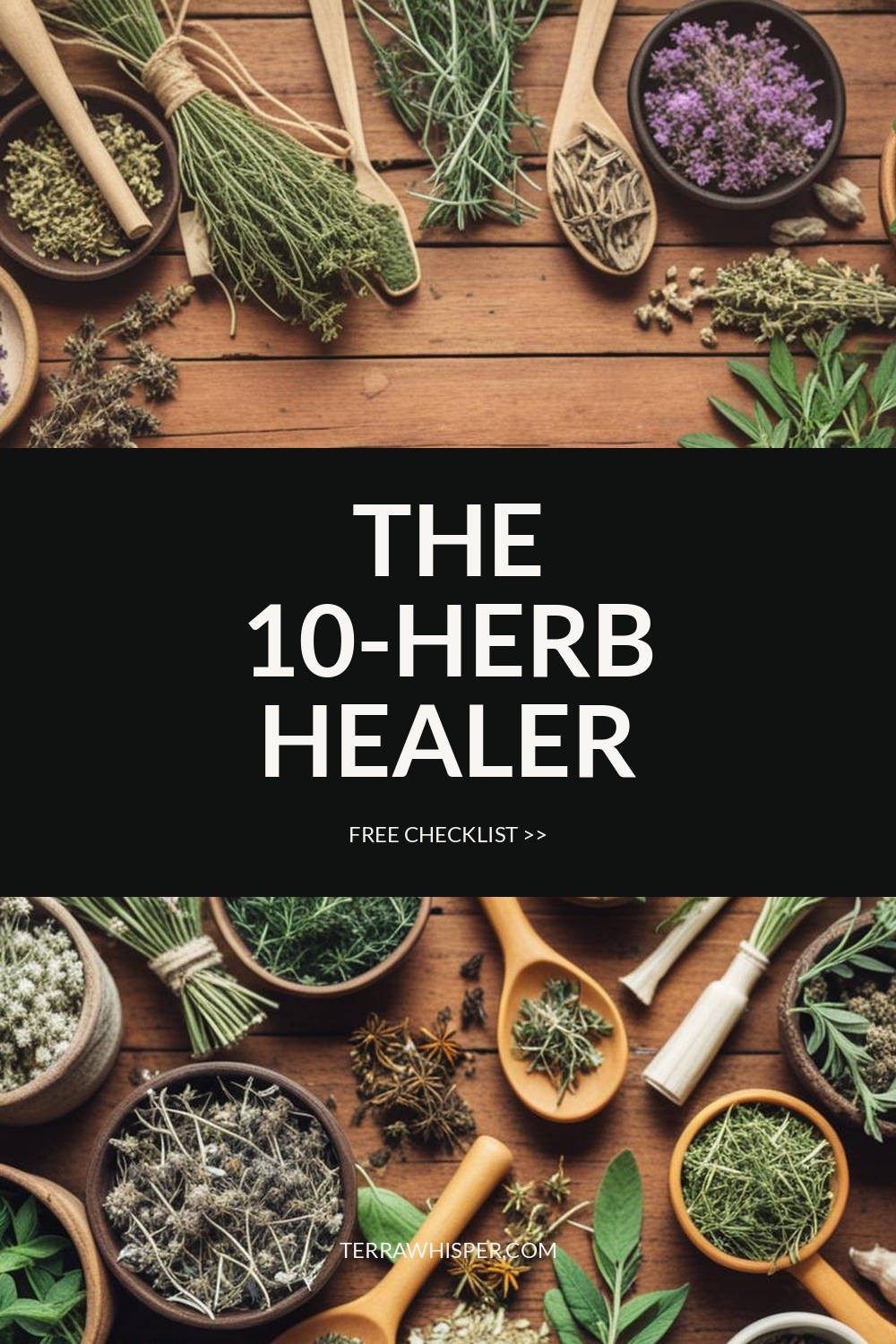Hazelnut (Corylus Avellana)
Information Reliability Score: 2/10
This score reflects the overall reliability of the information presented in this article. It is based on the quality of scientific evidence, accuracy of sources, and the transparency of references related to Corylus avellana.
Hazelnut, scientifically known as Corylus avellana, is a versatile nut often regarded as a medicinal herb and adaptogen due to its wide range of health benefits. It is rich in essential nutrients such as vitamin E, magnesium, and polyunsaturated fats, which support heart health, skin integrity, and immune function. Traditionally used in European and Asian cultures for its soothing properties, hazelnut has been employed in herbal medicine to treat skin conditions, inflammation, and respiratory issues. In modern wellness practices, it is valued for its antioxidant properties and is commonly used in skincare products and dietary supplements. Its unique flavor, combined with the presence of unique compounds like gamma-tocopherol, makes it not only a culinary staple but also a valuable natural remedy with a long history of medicinal use.
FREE CHECKLIST
The Only 10 Herbs You Need to Heal 90% of Common Ailments.

